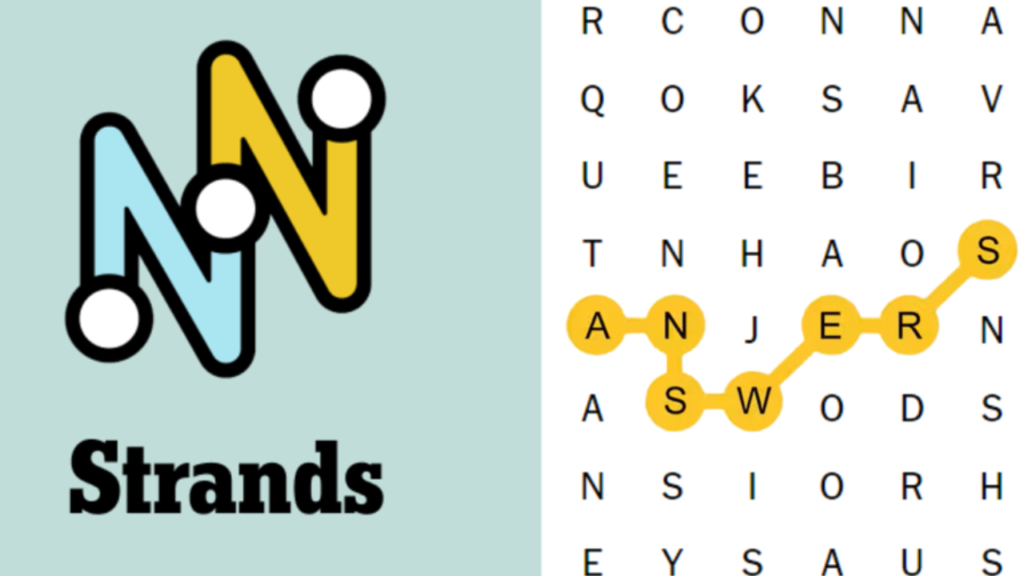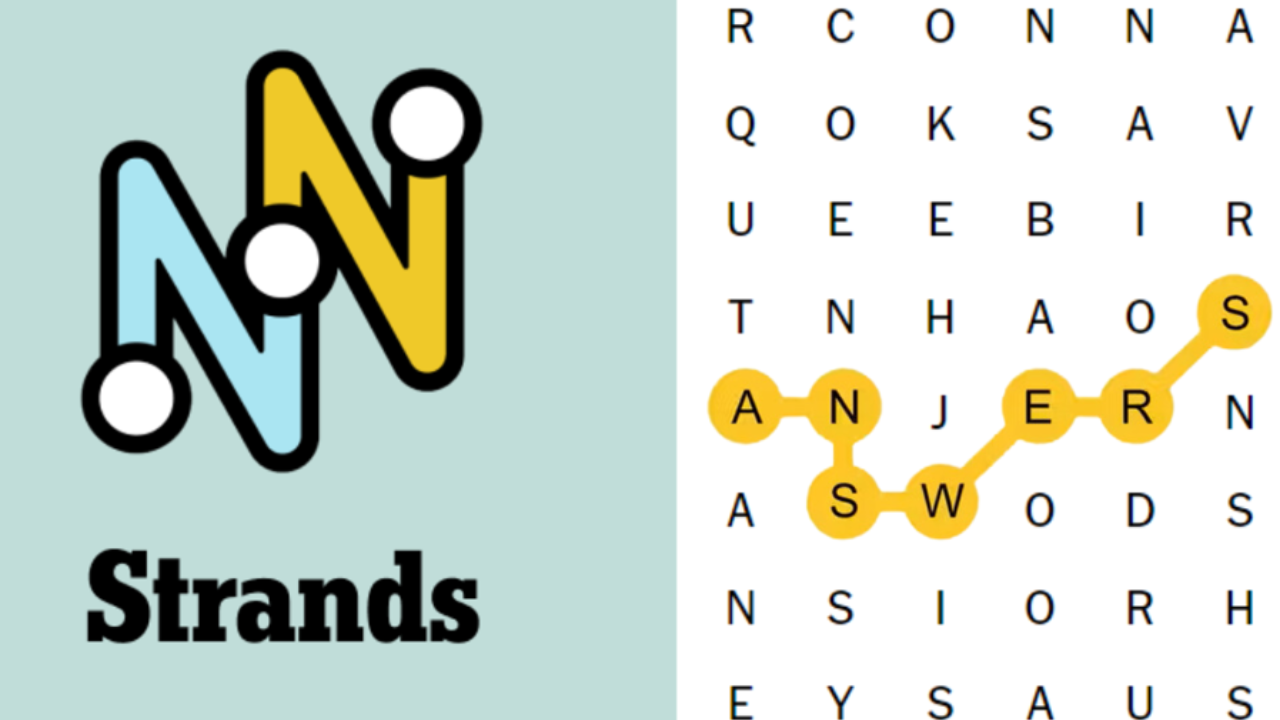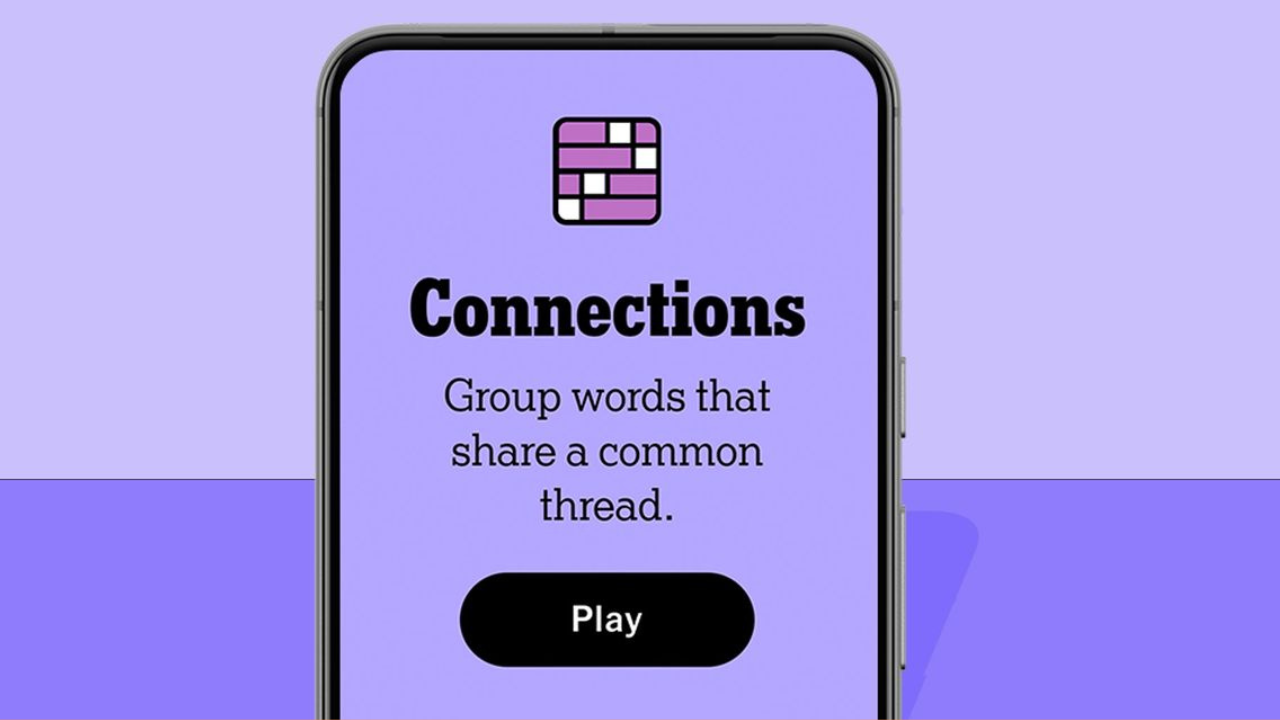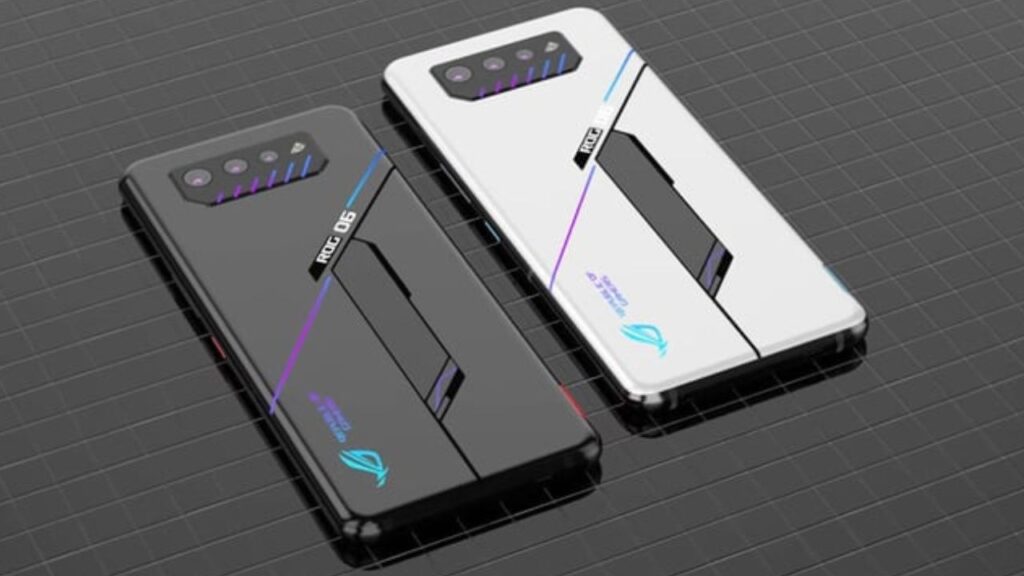Meta has released the latest update to its Llama family of large language models, introducing Llama 3.2. This new version brings multimodal functionality, allowing the model to understand and interpret images alongside text. Additionally, Llama 3.2 introduces two new smaller models into its lineup, offering more flexibility to users across different platforms.
Key Features of Llama 3.2
Llama 3.2 offers a significant expansion in its model lineup, now with four distinct sizes. The smallest models, 1 billion and 3 billion parameters, focus exclusively on text processing and can be run on devices with limited resources, such as an M3 MacBook Air with 8GB of RAM. However, the most notable update comes from the larger 11 billion and 90 billion parameter models, which feature multimodal capabilities, allowing them to process images and text simultaneously. This update makes Llama 3.2 more adaptable to various use cases, particularly where hardware and privacy considerations are key.
Accessibility and Open-Source Nature
A major aspect of Llama’s appeal is its open-source nature, which sets it apart from proprietary models like OpenAI’s GPT or Google’s Gemini. This means that developers, businesses, and even hobbyists can access and modify the model to suit their specific needs. Whether you’re using the model for cloud-based services or running it locally, Llama’s open-source framework provides flexibility in deployment.
One notable use case comes from Groq, a cloud-based inference service. Running the Llama 3.1 model on Groq allowed for lightning-fast document summarization, demonstrating the model’s efficiency and responsiveness. For users who prefer local solutions, open-source libraries also make it possible to run Llama 3.2 models on personal devices, integrating features like image recognition if the hardware supports it.
Multimodal Capabilities
The multimodal aspect of Llama 3.2 opens up a range of new possibilities, particularly in fields like gaming, augmented reality, and smart devices. For example, in a gaming context, the AI could interact with its environment more dynamically, perceiving visual inputs in real-time. Imagine an NPC (non-player character) that reacts to a player’s actions in a more fluid, context-sensitive manner—an NPC that notices the player’s weapon or comments on the surrounding environment based on what it “sees.”
This multimodal functionality extends beyond gaming into everyday applications, such as smart glasses and AR devices. Imagine wearing smart glasses that can analyze your surroundings—pointing at a building to receive its architectural history or asking for restaurant details just by looking at it. Llama 3.2, with its capacity for text and image interpretation, could enable these types of interactions.
Use Cases in Industry and Beyond
Beyond its applications in gaming and AR, Llama 3.2’s open-source model is already being explored in more niche areas, such as education and healthcare. For example, AI-assisted tools can help visually impaired individuals by interpreting and describing their surroundings. Llama’s adaptability ensures that developers can tailor the model to meet specialized needs, making it a versatile solution across industries.
One unique application of Llama’s open-source framework is its use in preserving endangered languages. In India, for example, efforts are underway to fine-tune AI models like Llama to document and revitalize near-extinct languages, highlighting the broader societal impact these models can have.
How Llama 3.2 Stacks Up Against Competitors
In terms of direct competition, Llama 3.2’s larger multimodal models—the 11 billion and 90 billion parameter versions—are positioned alongside other cutting-edge models like Anthropic’s Claude 3 Haiku and OpenAI’s GPT-4o-mini. These models perform similarly in tasks such as image recognition, making Llama competitive with some of the industry’s most advanced systems.
However, it’s worth noting that the 3 billion parameter model also holds its own against mid-range models from companies like Google and Microsoft, competing well across 150 benchmarks. This suggests that Llama 3.2 has managed to strike a balance between size and performance, offering users a range of options based on their needs.
A Model for the Future
While Llama 3.2’s performance is on par with many of its proprietary competitors, its true value lies in its accessibility. Developers can run Llama models locally or on cloud services, with the freedom to modify and fine-tune them for specific purposes. This open-source flexibility means that industries ranging from entertainment to healthcare can leverage Llama 3.2 to create customized AI tools, giving it broad appeal beyond tech giants.




















